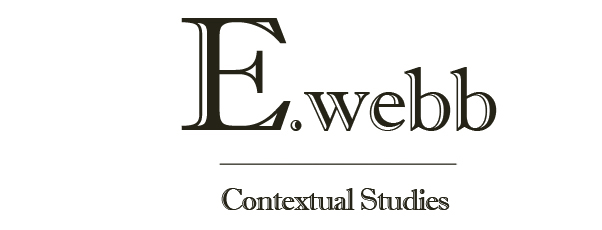
Saturday 28 November 2009
Lecture 4 Notes - Communication Theory

Friday 27 November 2009
Panopticism Exemplified
We were asked to think of an example of panopticism in contemporary society and relate is back to a piece of text written my Michael Foucault. I chose something a little more obscure than CCTV or a lecture hall. I decided it might be intereting to consider the implications of hourse mounted police.
I was at a cup match at Wembley early last year and while walking back down millennium walk which leads directly form the train station to the entrance of Wembley Stadium it struck me just how many police there were present, especially after the match. There were probably somewhere in the region of 300 police men and women, over 40 of whom were on horse-back. They were stationed at regular intervals along the road acting as a toll booth-like barrier across the entire breadth of the road. Thousands of supporters were funnel through these small gaps which only allowed for about 2 people at a time to go through, our heads at the same height as their truncheons which rested at their sides. Together they had a clear view of everyone leaving the stadium, no crime, violence or disorderly behaviour would have gone un-noticed. For that reason there was a sense that we had to act a specific way. It certainly was a ‘mechanism’ that was created by the sheer number of police present.
"Inspections functions ceaselessly. The gaze is everywhere: ‘A Considerable body of militia, commanded by good officers and men of substance."
(M. Foucault, ‘Panopticism’ (P 76).
Another quote from Foucaults text on panopticism stood out to me.
"Behind disciplinary mechanisms can be read the haunting memory of ‘contagions’, of the plague, of rebellions, crimes, vagabondage, desertions…"
(M. Foucault, ‘Panopticism’ (P 78).
In years past there have been countless riots, acts of violence and crimes committed after and even before football matches especially. The presence of the horse-back police seemed to bring back the memories and stories that I had heard and seen of such events, and the crowd controlling measures that were used. Yes, with the police there we were safer from and violence against us. But to those people who dislike the police and are inherently violent at these events, the police presence may just be what they are looking for to spark off a riot.
"Whenever one is dealing with a multiplicity of individuals on whom a task or particular form of behaviors must be imposed, the panoptic scheme may be used."
(M. Foucault, ‘Panopticism’ (P 85).
Panopticism
pan·op·tic (pn-ptk) also pan·op·ti·cal (-t-kl)
adj.
Including everything visible in one view.
[From Greek panoptos, fully visible : pan-, with respect to everything, fully; see pan- + optos, visible; see okw- in Indo-European roots.]
panoptic [pænˈɒptɪk], panoptical
adj
taking in all parts, aspects, etc., in a single view; all-embracing a panoptic survey
[from Greek panoptēs seeing everything, from pan- + optos visible]
panoptically adv
The panopticism lecture was very interesting. It occurred to me mid lecture, “hang on why is the relevant to me as a graphic design.” But of course I realise it is now. I as a graphic Designer can use the idea of panopticism in my design practise. Controlling the masses with a piece of design or even using the theory as a way of getting people to think more about my designs may or may not be correct, but the idea seems quite to carry some serious implications of what is right and wrong, much like the panopticon itself. It truly does have implications ranging across the entire spectrum of design, from fine art to advertising.
In our follow up seminars we thought further about how panopticism was surrounding us in contemporary society. Even in the lecture theatre itself there was a clear example of it, with the lecturer at the font, with all the student in plain view, not one of use being able to act out of place without it being picked up on.
http://foucault.info/documents/disciplineAndPunish/foucault.disciplineAndPunish.panOpticism.html
Sunday 8 November 2009
Home Grown Exhibition - Manchester



















